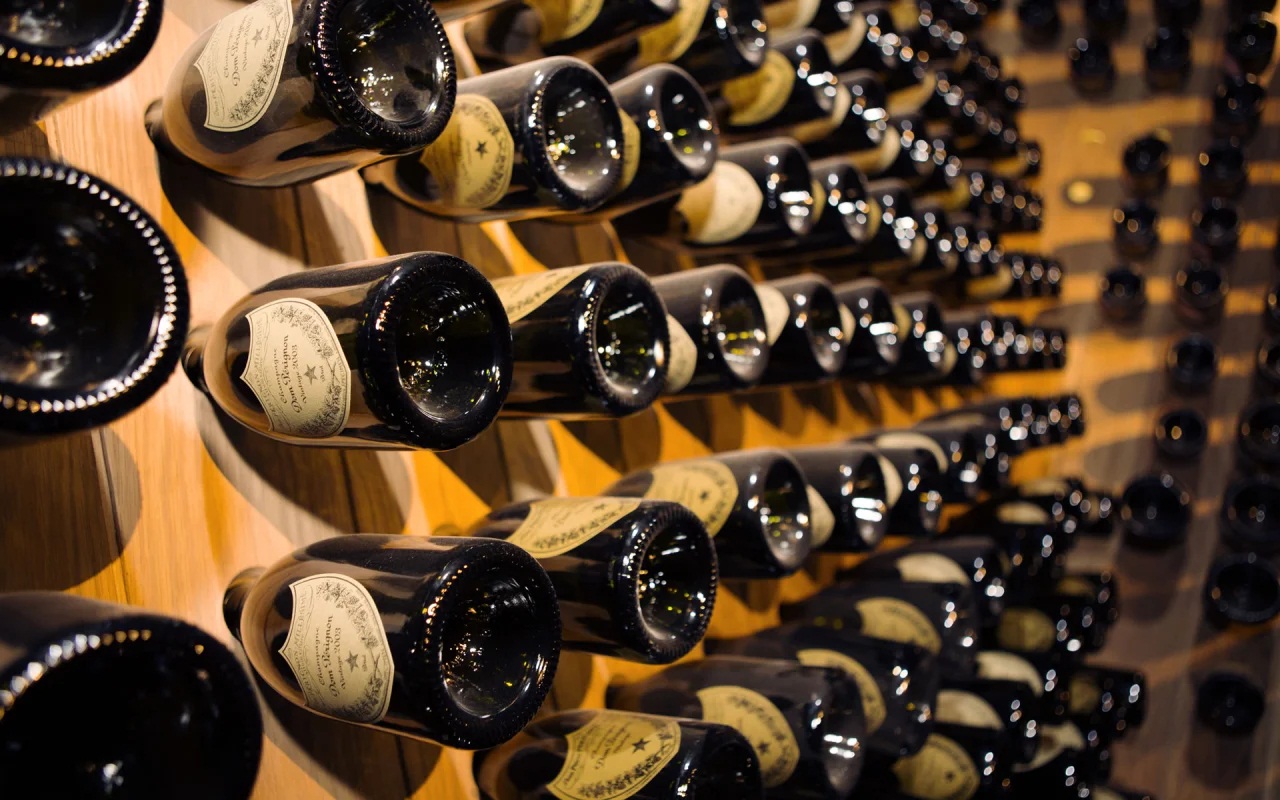

Articles
How To Store Unopened Champagne
Modified: February 23, 2024
Learn helpful tips on how to properly store unopened champagne to ensure its freshness and flavor. Read our informative articles now!
(Many of the links in this article redirect to a specific reviewed product. Your purchase of these products through affiliate links helps to generate commission for Storables.com, at no extra cost. Learn more)
Introduction
Champagne, with its elegant bubbles and renowned taste, is synonymous with celebration and special occasions. Whether you have received a bottle as a gift or purchased it for a future celebration, storing unopened champagne properly is essential to preserve its flavor and quality.
Proper storage conditions can prolong the shelf life of champagne and maintain its distinctive characteristics. Factors such as temperature, humidity, light exposure, and the length of storage time all play a crucial role in keeping the Champagne fresh and ensuring the best possible taste at the time of opening.
In this article, we will explore the various factors and considerations involved in storing unopened champagne. From ideal storage conditions to choosing the right location and preparing the bottles for storage, we will cover everything you need to know to preserve the quality of your champagne for any upcoming celebration.
Key Takeaways:
- Preserve the Bubbles: Store unopened champagne in a steady, dark, and vibration-free environment with optimal temperature and humidity to maintain its flavor and effervescence for future celebrations.
- Savor the Moment: Properly stored champagne enhances the experience of opening and enjoying it. From the satisfying “pop” to the delightful aromas and flavors, celebrate the occasion with well-preserved champagne.
Read more: How To Store Champagne Unopened
Factors to Consider
When it comes to storing unopened champagne, there are several factors that you should take into consideration to maintain its quality and flavor:
- Temperature: Temperature is a critical factor in preserving champagne. The ideal temperature range for storing champagne is between 45°F (7°C) and 55°F (12°C). Extreme temperature fluctuations can cause the liquid inside the bottle to expand and contract, potentially leading to leakage or loss of carbonation.
- Humidity: Champagne bottles should be stored in an environment with a humidity level of around 70%. This helps prevent the cork from drying out and the champagne from oxidizing. Excessive humidity can result in mold growth, so it’s essential to strike a balance.
- Light: Champagne is sensitive to light, especially UV rays, which can degrade the wine, leading to “light-struck” or “skunky” flavors. It is advisable to store champagne in a dark or dimly lit area to shield it from direct sunlight.
- Vibrations: It is crucial to keep champagne bottles undisturbed to avoid disturbing the sediment and affecting the aging process. Vibrations can agitate the wine and potentially spoil its taste. Therefore, choose a storage location away from any excessive vibrations.
By considering these factors, you can create an environment that will help maintain the quality and flavor of your unopened champagne bottles. In the following sections, we will delve deeper into the ideal storage conditions and the steps you can take to ensure optimal preservation.
Ideal Storage Conditions
To ensure that your unopened champagne bottles are stored in the best possible conditions, it is important to create an environment that meets the following criteria:
- Steady Temperature: As mentioned earlier, maintaining a consistent temperature is crucial for storing champagne. Fluctuations in temperature can affect the aging process and compromise the quality of the wine. Therefore, it is recommended to store champagne in a location with a steady temperature between 45°F (7°C) and 55°F (12°C).
- Optimal Humidity: Champagne corks can dry out if exposed to low humidity levels, leading to potential leakage and oxygen exposure. On the other hand, excessive humidity can promote mold growth and compromise the integrity of the labels. Aim for a humidity level of around 70% to keep the champagne corks moist and prevent oxidation.
- Dark Storage Area: Light, especially UV rays, can deteriorate the quality of champagne over time. To protect your bottles from light exposure, choose a storage location that is dark or dimly lit. Avoid areas with direct sunlight or harsh artificial lighting.
- Minimal Vibrations: Champagne is a delicate beverage, and exposure to excessive vibrations can disturb the sediment and affect the aging process. Choose a storage location away from sources of vibration, such as heavy machinery or areas prone to frequent movement.
By ensuring these ideal storage conditions, you can preserve the quality and taste of your unopened champagne bottles for an extended period. Next, let’s discuss how to choose the right storage location for your champagne collection.
Choosing a Storage Location
When it comes to the storage of your unopened champagne bottles, selecting the right location is crucial for maintaining their quality and flavor. Consider the following factors as you choose a suitable storage location:
- Temperature Control: Look for a storage area that allows you to control and maintain a consistent temperature within the recommended range of 45°F (7°C) to 55°F (12°C). This can be achieved through a dedicated wine cooler, cellar, or a cool, dark room in your home.
- Humidity Management: While some humidity is necessary to keep the champagne corks moist, excess moisture can lead to mold growth. Look for a storage location with moderate humidity levels around 70%. You can use a humidifier or dehumidifier, depending on the ambient humidity level in the area.
- Light Protection: Opt for a storage location that is shielded from light, especially UV rays. A dark or dimly lit area, such as a cellar or a dedicated wine storage unit, is ideal. If that’s not possible, consider covering the bottles with a light-protective cloth or storing them in opaque containers.
- Vibration Avoidance: Choose a storage location that is away from sources of vibration or constant movement. Vibrations can agitate the champagne, disturb the sediment, and affect its taste. A quiet and stable area will ensure that your bottles remain undisturbed throughout their storage period.
- Security: Consider the security of the storage location to protect your valuable champagne collection. Ensure that the area is inaccessible to children or pets and has proper locking mechanisms in place, especially if you’re storing expensive or rare bottles.
By taking these factors into account, you can select a suitable storage location that provides the necessary conditions for preserving the quality and flavor of your unopened champagne bottles. In the next section, we will discuss the necessary preparations before storing your champagne.
Preparation Before Storing Champagne
Before you store your unopened champagne bottles, it is essential to take a few preparatory steps to ensure their optimal preservation. Follow these guidelines to prepare your champagne for storage:
- Remove Excessive Packaging: Start by removing any excessive packaging, such as plastic wrapping or cardboard sleeves, from the champagne bottles. These materials can trap moisture and promote mold growth if left on during storage.
- Clean the Bottles: Before storing, make sure the bottles are clean and free from any dirt or residue. Use a clean, damp cloth to wipe away any dust or debris. Avoid using cleaning agents that may leave a strong odor or residue on the bottles.
- Check for Leaks: Inspect each bottle for any signs of leakage or damage. If you come across a bottle with a compromised seal or leak, it is best to consume it soon rather than storing it, as it may have already lost its carbonation.
- Label and Organize: It is a good practice to label your champagne bottles before storing them. This can help you identify and locate specific bottles without disturbing the entire collection. Organize your bottles based on factors like age, brand, or occasion, as per your preference.
- Consider Special Bottles: If you have any special or vintage champagne bottles in your collection, take extra care to handle and store them. They may require specific storage conditions or additional protection, such as storing them horizontally to keep the cork moist.
By following these preparation steps, you can ensure that your unopened champagne bottles are in the best possible condition for storage. In the next section, we will delve into the specifics of storing unopened champagne bottles to maintain their quality over time.
Read more: How To Store Prosecco Unopened
Storing Unopened Champagne Bottles
When it comes to storing unopened champagne bottles, it’s important to follow certain guidelines to maintain their quality and ensure a pleasant drinking experience when you eventually open them. Here are the key steps for storing unopened champagne bottles:
- Select the Right Storage Position: Champagne bottles should ideally be stored horizontally. This allows the wine to keep the cork moist, which helps maintain a tight seal and prevents air from entering the bottle. However, if the bottles have screw caps or synthetic corks, vertical storage is also acceptable.
- Avoid Temperature Fluctuations: Temperature stability is crucial in preserving the flavor and quality of champagne. Keep the storage area at a steady temperature within the recommended range of 45°F (7°C) to 55°F (12°C). Avoid exposing the bottles to extreme heat or cold, as this can affect the taste and integrity of the champagne.
- Minimize Light Exposure: Champagne is sensitive to light, especially UV rays, which can degrade its quality over time. Store the bottles in a dark or dimly lit area, away from direct sunlight or harsh artificial lighting. Consider using wine storage units or covering the bottles with light-protective materials.
- Reduce Vibrations: Champagne is a delicate wine, and excessive vibrations can disturb the sediment and affect its flavor. Choose a storage location that is away from sources of vibrations, such as heavy machinery or high-traffic areas. Keep the bottles in a stable, undisturbed environment.
- Avoid Strong Odors: Champagne is highly susceptible to absorbing strong odors from its surroundings. Keep the storage area away from any strong-smelling substances, such as cleaning agents, spices, or perfumes. This will help preserve the champagne’s natural aromas and flavors.
- Regularly Monitor the Storage Conditions: It’s important to periodically check the storage area for any changes in temperature, humidity, or light exposure. Make adjustments as needed to maintain the optimal storage conditions for your unopened champagne bottles.
By following these steps, you can ensure that your unopened champagne bottles are stored in the best possible conditions, allowing them to age gracefully and maintain their quality for future enjoyment. In the next section, we’ll explore the significance of temperature and humidity in storing champagne.
Store unopened champagne in a cool, dark place, away from sunlight and temperature fluctuations. Keep the bottle lying on its side to keep the cork moist and prevent it from drying out. Avoid storing it in the fridge for long periods as the vibration can affect the quality.
The Importance of Temperature and Humidity
Temperature and humidity play a crucial role in the storage of unopened champagne bottles. These two factors have a significant impact on the preservation of the wine’s flavor, carbonation, and overall quality. Let’s delve into the importance of temperature and humidity in storing champagne:
Temperature:
Keeping champagne at a consistent temperature is vital for its proper storage. Fluctuations in temperature can cause the liquid inside the bottle to expand and contract, potentially leading to leakage, loss of carbonation, or even spoilage. Storing champagne at a steady temperature within the recommended range of 45°F (7°C) to 55°F (12°C) is essential for maintaining its freshness and preserving its delicate flavors.
Too high of a temperature can accelerate the aging process, leading to a premature taste and potential spoilage of the wine. On the other hand, excessively low temperatures can slow down the aging process, but can also hinder the development of flavors and aromas. It’s best to avoid extreme temperature conditions to ensure the optimal aging and preservation of champagne.
Humidity:
The humidity level in the storage area also plays a critical role in the storage of champagne. Maintaining an appropriate humidity level helps to prevent the corks from drying out and allows for the proper aging and preservation of the wine.
If the humidity is too low, the corks can dry out, leading to potential leakage, oxidation, and loss of carbonation. On the other hand, excessive humidity can promote mold growth, potentially damaging the labels and compromising the overall quality of the champagne. Aim for a humidity level of around 70% to keep the corks moist and ensure optimal storage conditions.
It is important to note that the right balance of temperature and humidity is key. By maintaining a steady temperature and moderate humidity, you can help preserve the integrity and quality of your unopened champagne bottles, ensuring a delightful experience when you eventually open them.
In the next section, we’ll discuss the impact of light exposure and vibrations on champagne storage.
Protecting Champagne from Light and Vibrations
When storing unopened champagne bottles, it is crucial to protect them from light and vibrations, as these factors can significantly impact the quality and taste of the wine. Here’s why it’s important to shield your champagne from light and vibrations:
Light Exposure:
Champagne is highly sensitive to light, especially UV rays. Prolonged exposure to light can lead to a phenomenon known as “light-struck” or “skunky” flavors, where the wine develops an unpleasant odor and taste. This occurs when the riboflavin in the champagne reacts with the UV light, resulting in chemical changes that degrade its quality.
To protect your champagne from light exposure, store the bottles in a dark or dimly lit area. Avoid direct sunlight or harsh artificial lighting, as this can accelerate the degradation process. Consider using wine storage units or covering the bottles with light-protective materials to preserve their flavor and integrity.
Vibrations:
Vibrations can also have a detrimental effect on champagne. The delicate structure of the wine can be disturbed by excessive vibrations, which can disrupt the sediment and accelerate the aging process. This can result in a loss of complexity and a decrease in the overall quality and enjoyment of the champagne.
To minimize vibrations, choose a storage location away from sources of vibration, such as heavy machinery or high-traffic areas. Ensure that the bottles are kept in a stable and undisturbed environment to allow them to age gracefully and develop their characteristic flavors. Taking these precautions will help preserve the quality of the champagne before you open it.
By protecting your champagne from light and vibrations, you can ensure that the wine retains its optimal flavor, aroma, and effervescence. In the next section, we will discuss the recommended length of time to store unopened champagne bottles before consumption.
Length of Storage Time
When it comes to storing unopened champagne bottles, it’s essential to consider the length of time you plan to store them before enjoying them. While champagne can age and develop complex flavors over time, it’s crucial to strike the right balance to ensure optimal taste. Here are some factors to consider regarding the length of storage time for champagne:
Vintage Champagne:
If you have vintage champagne, which is made from grapes harvested in a specific year, it often benefits from aging. Vintage champagnes tend to have more complexity and depth of flavor compared to non-vintage varieties. These bottles can be stored for longer periods, ranging from five to fifteen years or even more, depending on the specific vintage and producer.
Non-Vintage Champagne:
Non-vintage champagne, made from a blend of wines from different years, generally does not require as much aging. These champagnes are created to be enjoyed at a younger age, typically within two to four years of their release. Storing non-vintage champagne for a more extended period may result in a loss of freshness and vibrancy.
Personal Preference:
Ultimately, the length of storage time for unopened champagne bottles depends on personal preference. Some people enjoy the youthful and fruit-forward characteristics of younger champagnes, while others appreciate the additional complexity that comes with extended aging. Experimentation can help determine the ideal storage time that aligns with your taste preferences.
Note of Caution:
It’s essential to remember that not all champagne is suitable for long-term aging. Some non-vintage champagnes are meant to be consumed shortly after release and may not improve further with additional aging. It’s essential to check the guidance provided by the producer or consult with a knowledgeable sommelier to determine the potential aging capacity of the specific champagne you have.
Overall, the length of storage time for unopened champagne bottles can vary depending on the type of champagne and personal preferences. Whether you choose to enjoy them sooner or cellar them for an extended period, proper storage conditions should always be maintained to preserve the integrity and quality of the wine.
In the next section, we will discuss how to check for spoilage to ensure the champagne is still in good condition before opening it.
Read more: How To Store Unopened Botox
Checking for Spoilage
Before opening a stored bottle of champagne, it’s important to check for any signs of spoilage to ensure that it is still in good condition. Here are some key factors to consider when inspecting unopened champagne bottles for spoilage:
Cork Condition:
Examine the condition of the cork. A well-preserved cork should be moist and show no signs of drying out or mold growth. Dry or cracked corks can indicate that the bottle has been exposed to excess air, potentially causing degradation of the wine’s quality.
Visual Inspection:
Inspect the appearance of the champagne. Look for any discoloration or haziness in the liquid. Champagne should have a clear and vibrant appearance without any sediment or floating particles. Cloudiness, off-colors, or visible particles may indicate spoilage or improper storage conditions.
Aroma:
Take a moment to smell the champagne before opening the bottle. The aroma should be fresh, fruity, and slightly yeasty. If you detect any unpleasant or unusual odors, such as a vinegary smell or a strong sulfur-like scent, it may indicate spoilage or off-flavors.
Bottle Pressure:
Check the pressure inside the bottle by gently pressing on the cork. A properly stored bottle of champagne should have a firm cork that exerts resistance. If the cork feels loose or easily yields to slight pressure, it may suggest that the carbonation has escaped, and the champagne may be flat.
Taste Test:
The most conclusive way to determine if the champagne has spoiled is by tasting it. Take a small sip and pay attention to the flavors. A well-preserved champagne should have a lively effervescence, crisp acidity, and a balanced taste profile. Any off-flavors, excessive sweetness, or lack of carbonation may indicate spoilage.
It’s worth noting that spoilage can occur even with proper storage conditions, especially if the champagne is past its recommended aging period or has been stored for an excessively long time. If you have any doubts about the quality or condition of the champagne, it’s best to err on the side of caution and not consume it.
By checking for spoilage, you can ensure that the champagne is still in good condition before opening the bottle and avoid any disappointing experiences. In the final section, we’ll discuss the process of opening and enjoying your stored champagne.
Opening and Enjoying Stored Champagne
After properly storing unopened champagne bottles, it’s finally time to open them and savor the celebration. Here’s how to ensure a delightful experience when opening and enjoying your stored champagne:
Chill the Bottle:
Before opening the bottle, make sure it is properly chilled. Champagne is best enjoyed at a temperature between 45°F (7°C) and 55°F (12°C). Place the bottle in a refrigerator or an ice bucket filled with a mixture of ice and water for about 1-2 hours. Avoid over-chilling, as extremely cold temperatures can suppress the champagne’s aromas and flavors.
Remove the Foil and Wire Cage:
Carefully remove the foil or capsule covering the cork, and loosen the wire cage surrounding it. Hold the cork firmly with one hand and gently twist the bottle, allowing the cork to gradually ease out with a controlled release of pressure. Be cautious to avoid excessive force, as it can cause the cork to fly off uncontrollably.
Listen for the “Pop”:
As you loosen the cork, listen for the characteristic “pop” sound, indicating that the carbonation has been preserved. A gentle hiss is normal as the pressure releases. However, if there is a loud noise or excessive fizzing, it may indicate that the carbonation has been compromised, and the champagne may have lost some of its effervescence.
Pour and Serve:
Hold the champagne flute or wine glass at a slight angle and pour a small amount initially, allowing the bubbles to settle. Then, pour the remaining champagne with a gentle, steady stream to preserve the fizz. Look for the beautiful effervescence, and take a moment to appreciate the color and the mesmerizing bubbles dancing in the glass.
Savor the Aromas and Flavors:
Bring the glass to your nose and inhale the delightful aromas of the champagne. Take note of the fruity notes, floral hints, and yeasty undertones. Swirl the champagne gently in the glass to release more aromas. Take small sips, allowing the flavors to coat your palate and savor the balanced acidity, the subtle sweetness, and the lingering finish.
Celebrate and Enjoy:
Finally, raise your glass, toast to the occasion, and savor each sip of the stored champagne. Celebrate the moment and the effort put into properly storing the bottle, knowing that you have preserved the quality and enhanced the experience of enjoying the fine bubbles and exquisite flavors that champagne has to offer.
Remember, opening and enjoying a stored bottle of champagne is a special experience. Take your time, appreciate the craftsmanship, and share the joy of the occasion with friends, family, or loved ones.
As we reach the end of this article, we hope that you have gained valuable insights on how to store unopened champagne and that your future celebrations will be elevated with the perfect bottle of well-preserved champagne. Cheers!
Conclusion
Properly storing unopened champagne is essential to preserve its flavor, carbonation, and overall quality. By considering factors such as temperature, humidity, light exposure, and vibrations, you can create an environment that ensures the optimal preservation of your champagne collection.
Choosing a storage location with the right temperature control, humidity management, and protection from light and vibrations is crucial. Additionally, taking preparatory steps, such as removing excessive packaging, cleaning the bottles, and organizing your collection, sets the stage for successful storage.
Remember to check for spoilage before opening a stored bottle of champagne. Inspect the cork, visually examine the liquid, and evaluate the aroma and taste for any signs of degradation. This step ensures that the champagne is still in good condition and ready to be enjoyed.
When the time comes to open and enjoy your stored champagne, make sure to chill the bottle to the appropriate temperature, remove the foil and wire cage carefully, and listen for the satisfying “pop” as the cork releases. Pour gently to preserve the bubbles, savor the aromas and flavors, and celebrate the occasion with your perfectly stored champagne.
In conclusion, proper storage techniques, attention to detail, and patience can enhance the enjoyment of unopened champagne bottles. By following the guidelines outlined in this article, you can ensure that your champagne remains in top-notch condition, ready to be opened and savored at just the right moment.
So, go ahead and start applying these storage techniques to your collection. Whether it’s a special occasion or simply a well-deserved treat, the preserved quality of your unopened champagne will elevate the experience and make it an unforgettable celebration. Cheers to the art of proper champagne storage!
Frequently Asked Questions about How To Store Unopened Champagne
Was this page helpful?
At Storables.com, we guarantee accurate and reliable information. Our content, validated by Expert Board Contributors, is crafted following stringent Editorial Policies. We're committed to providing you with well-researched, expert-backed insights for all your informational needs.
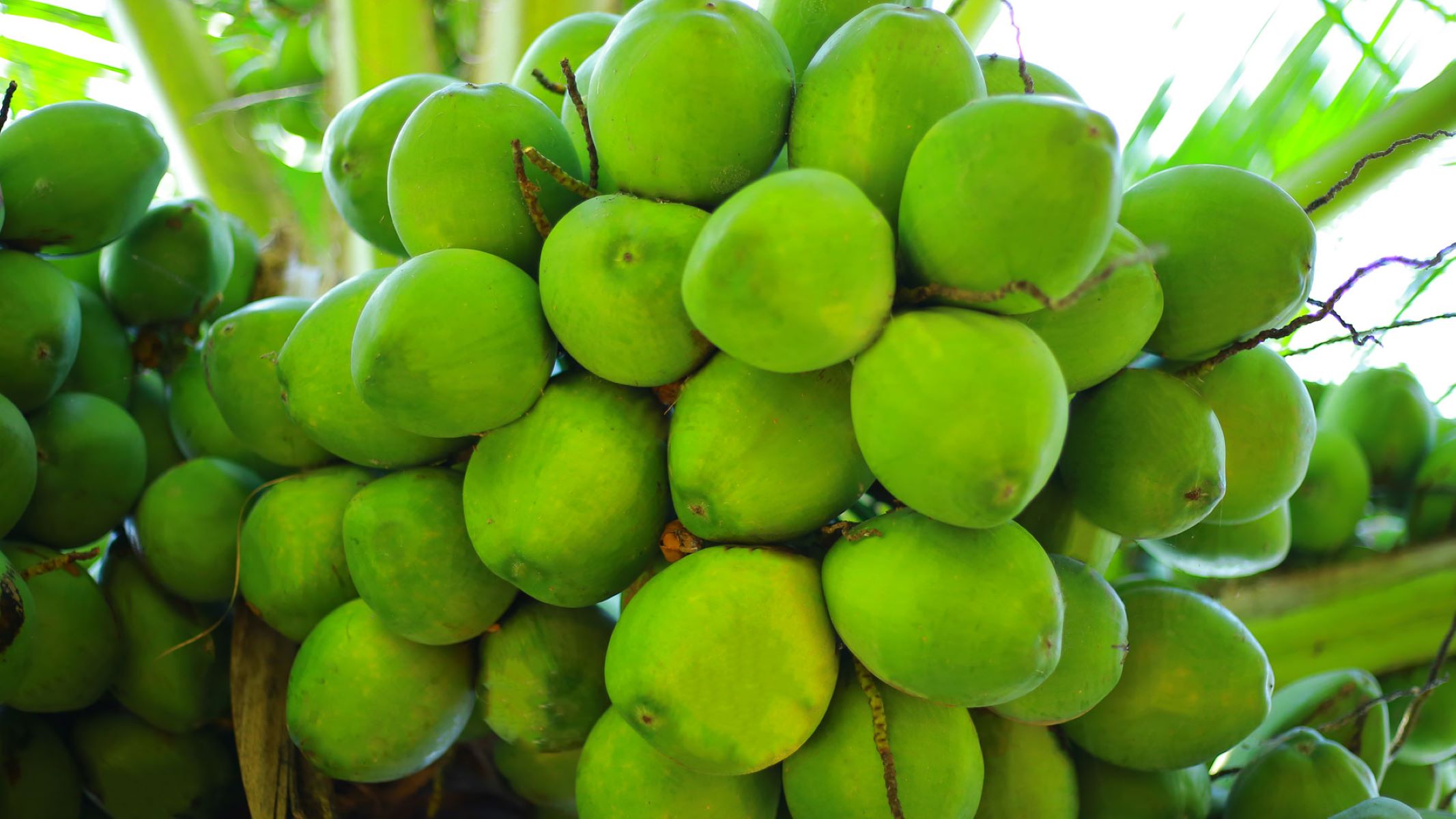
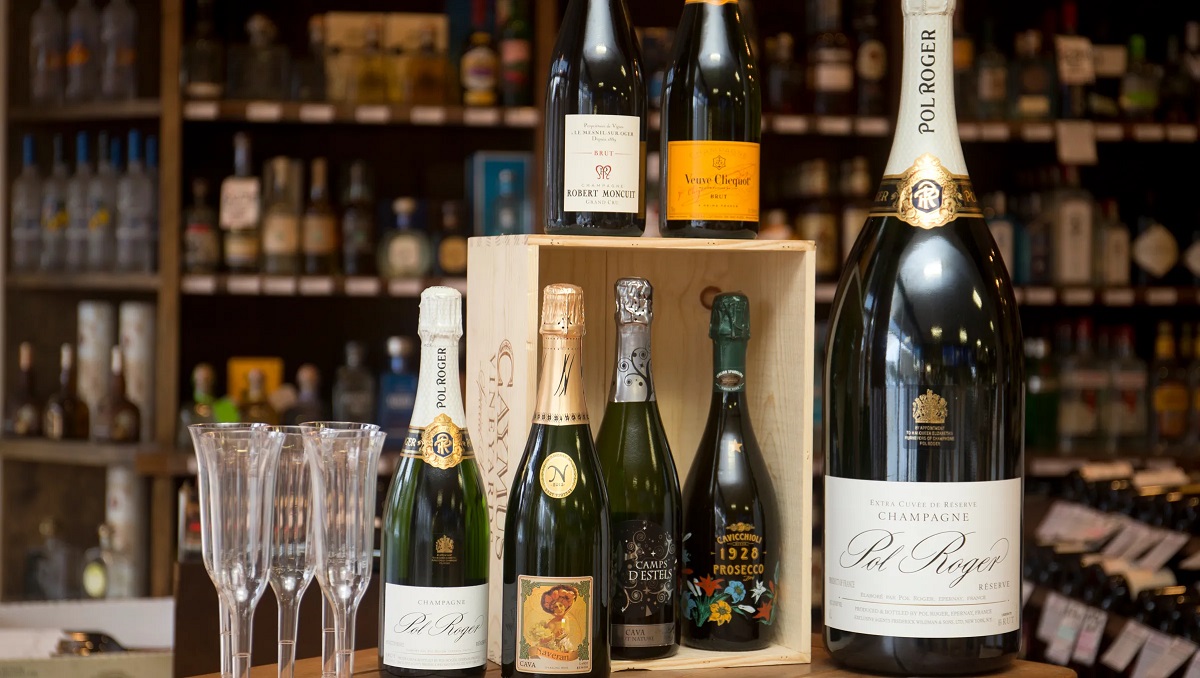
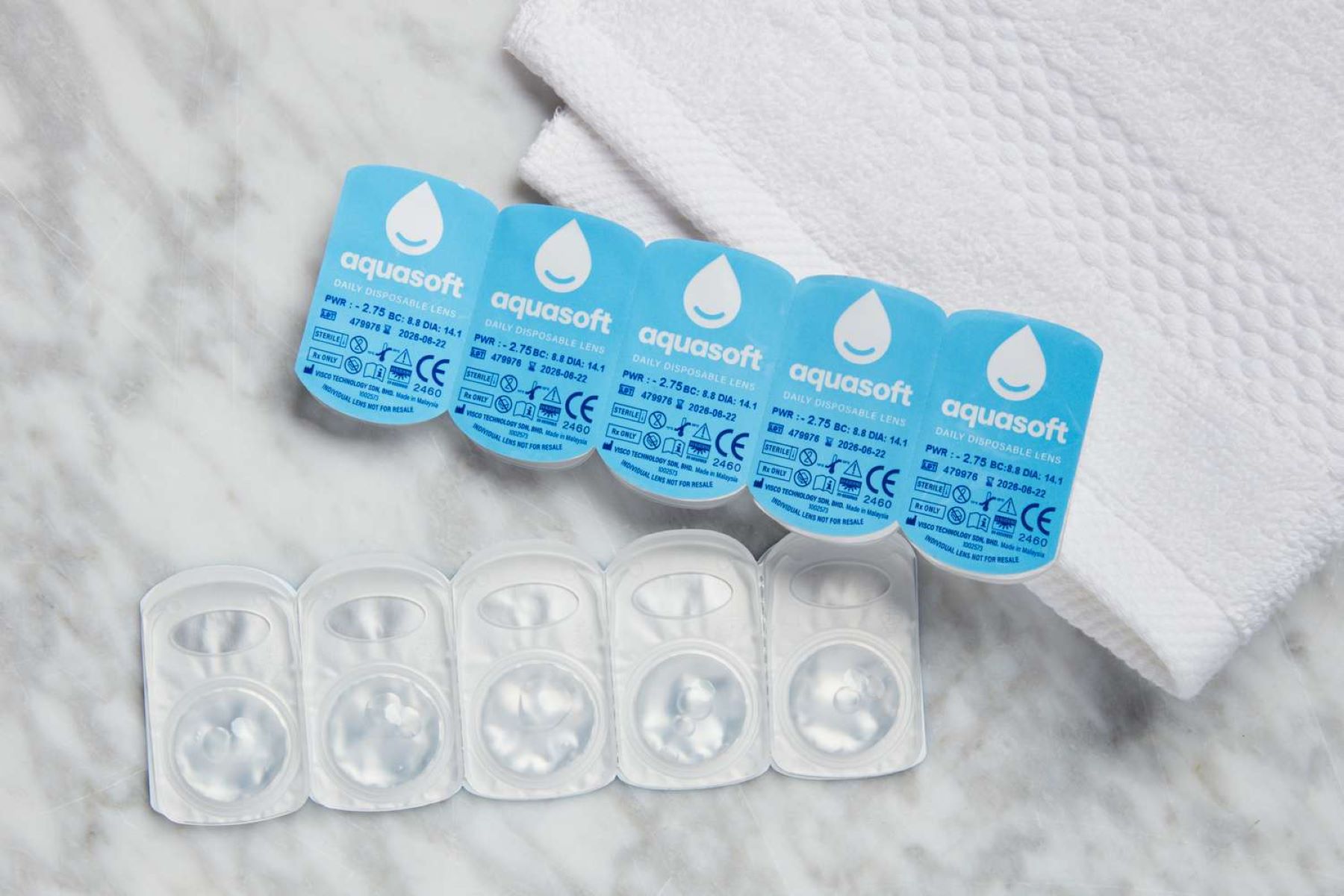
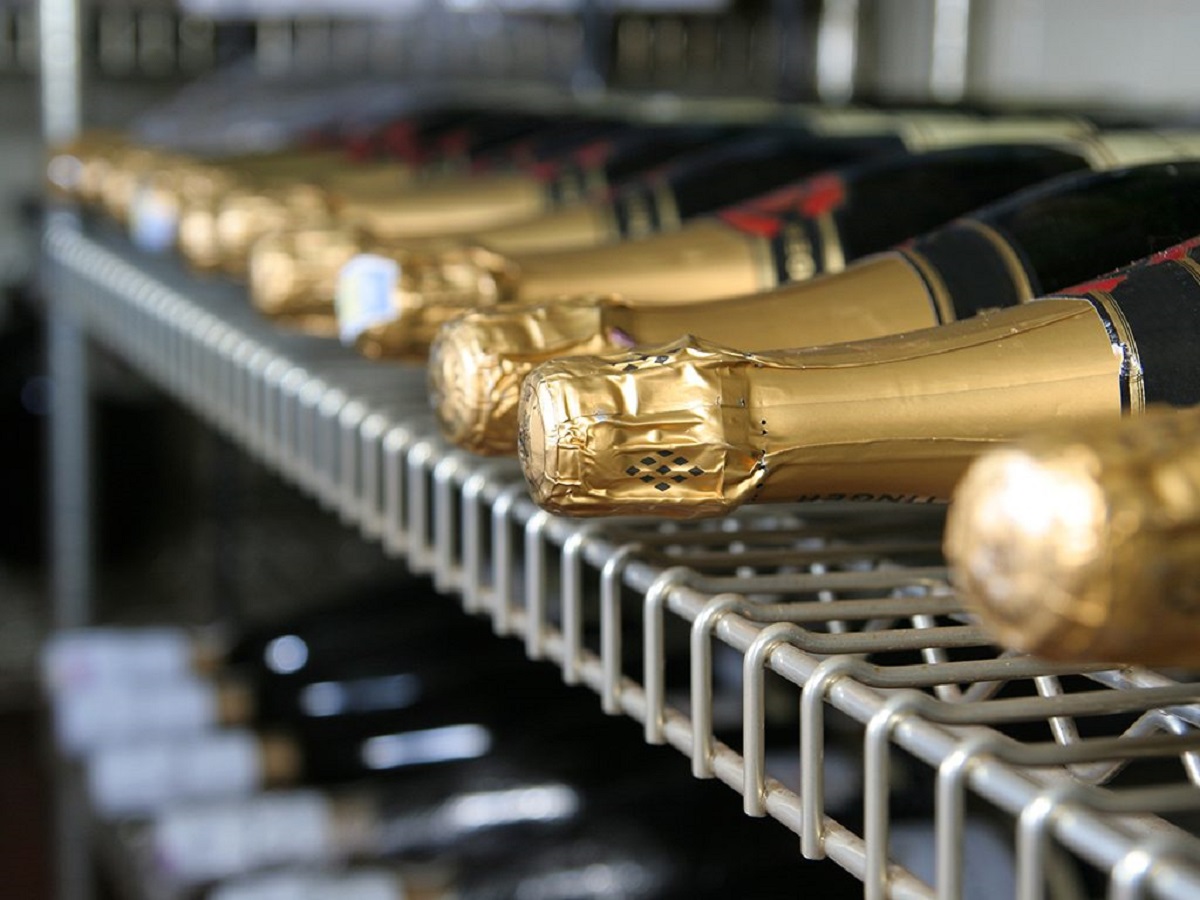
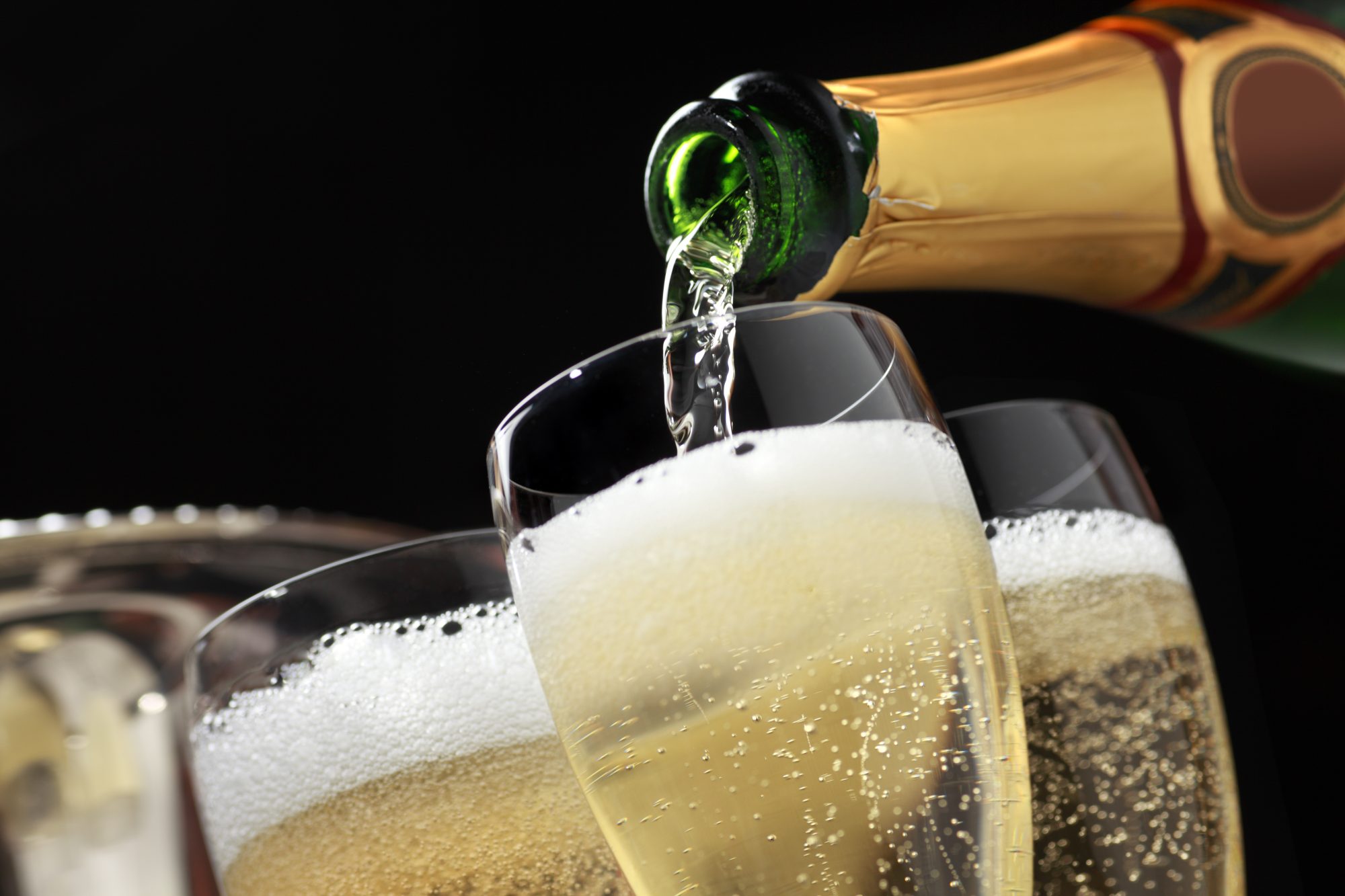
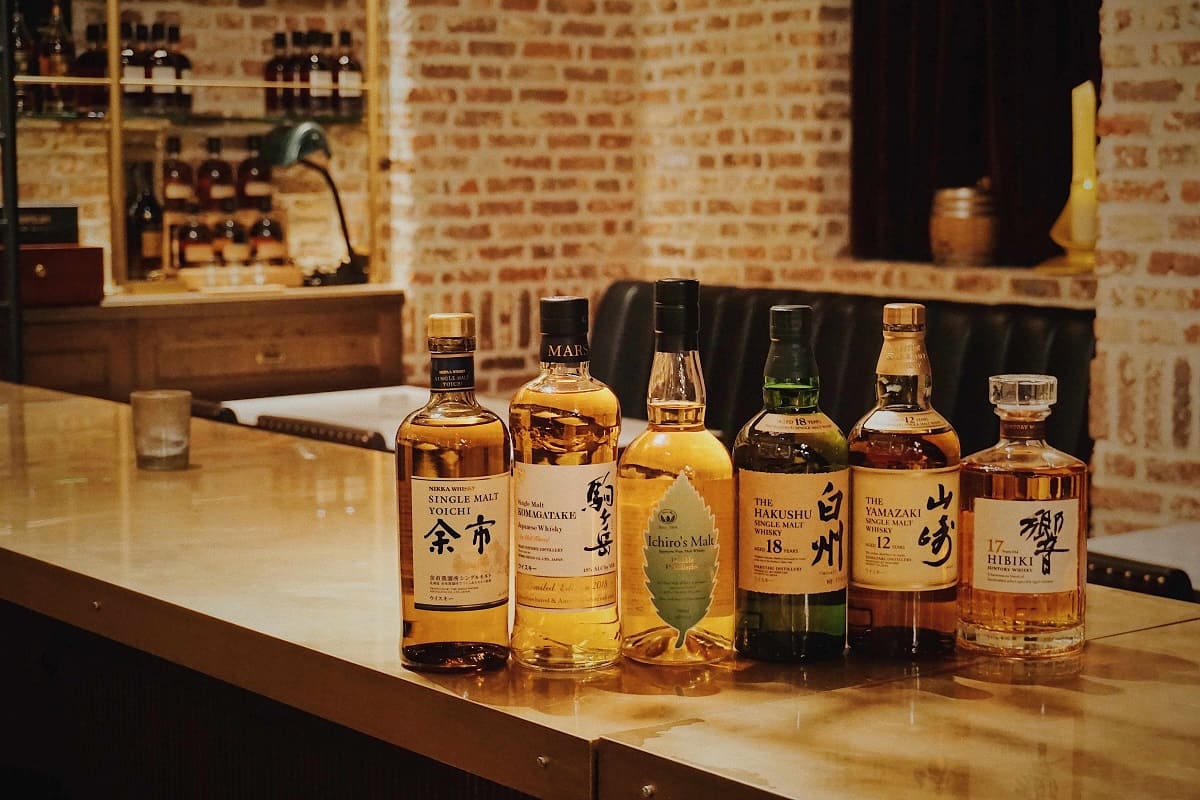
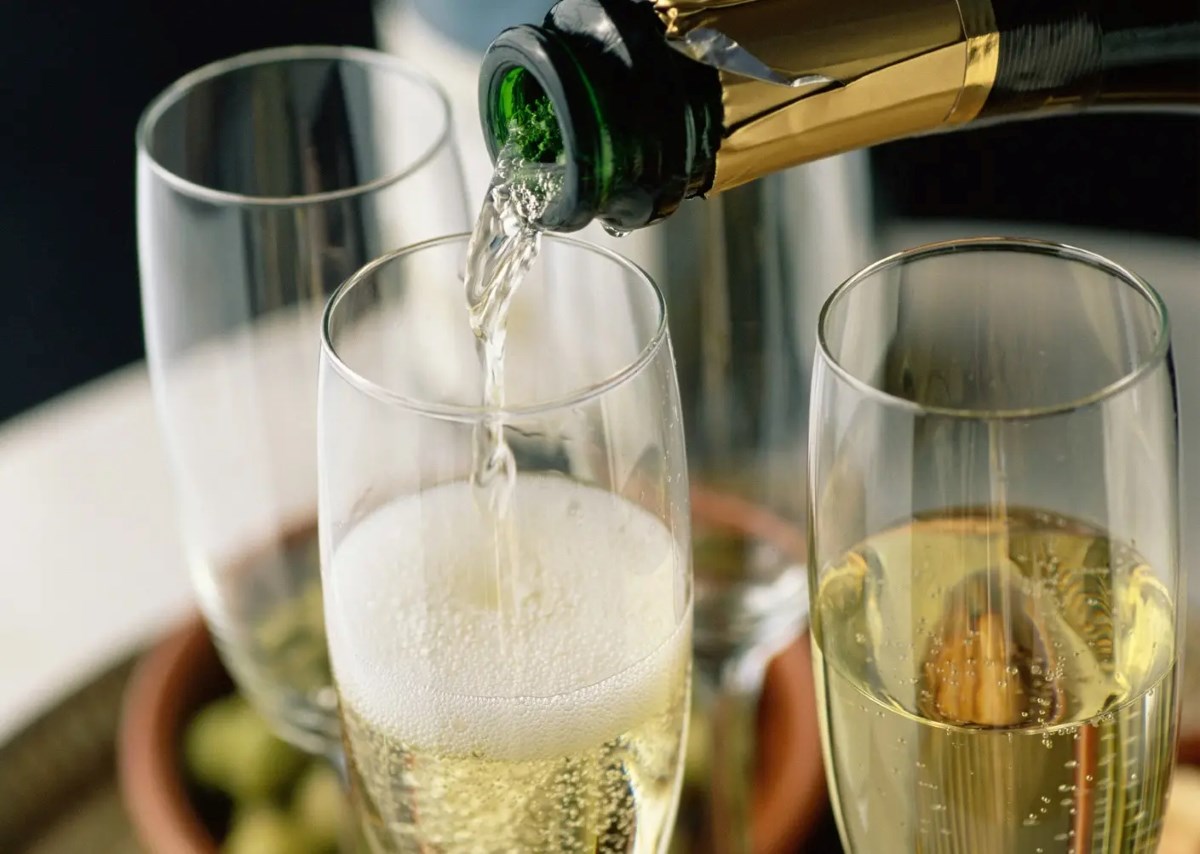
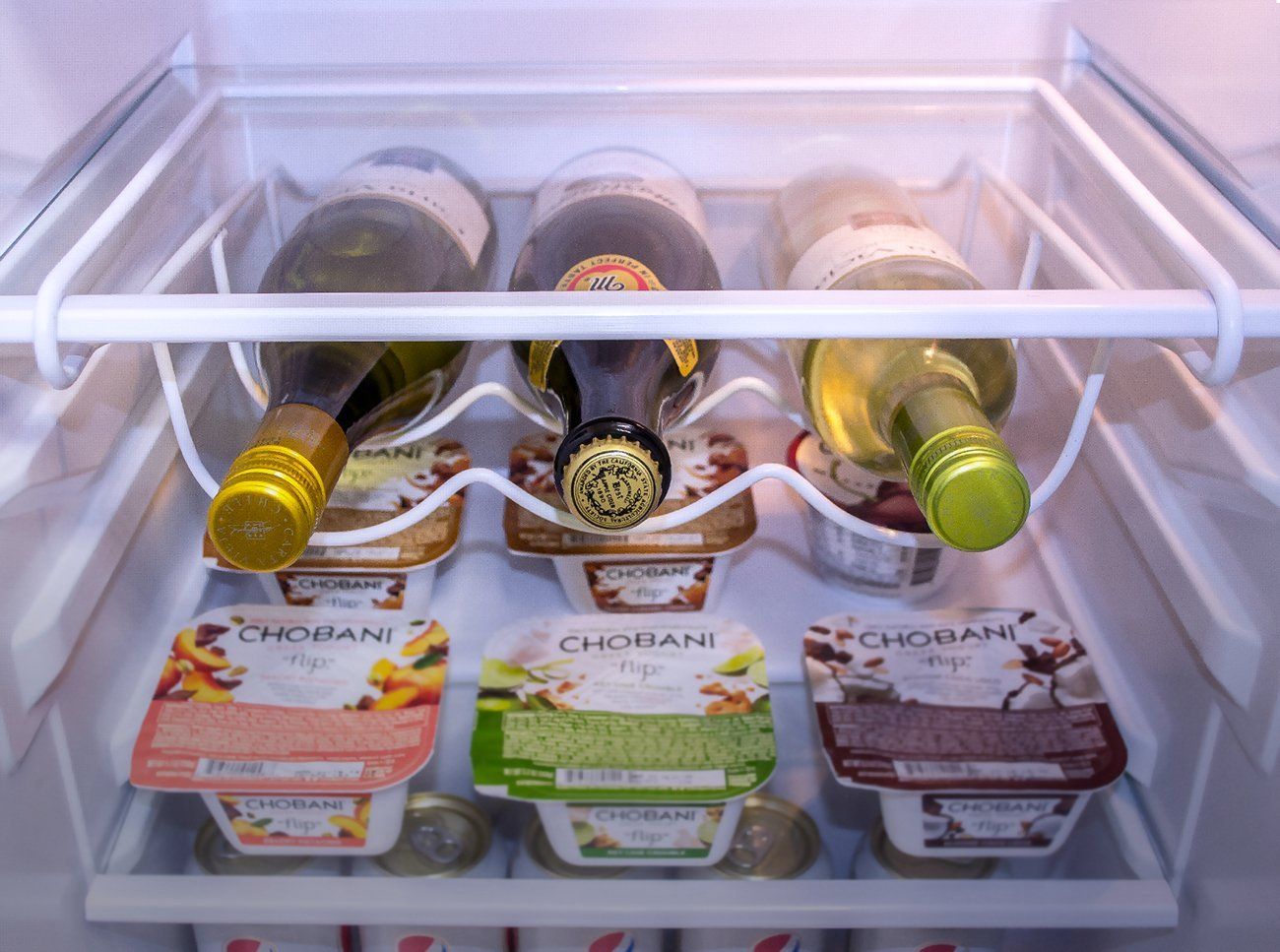
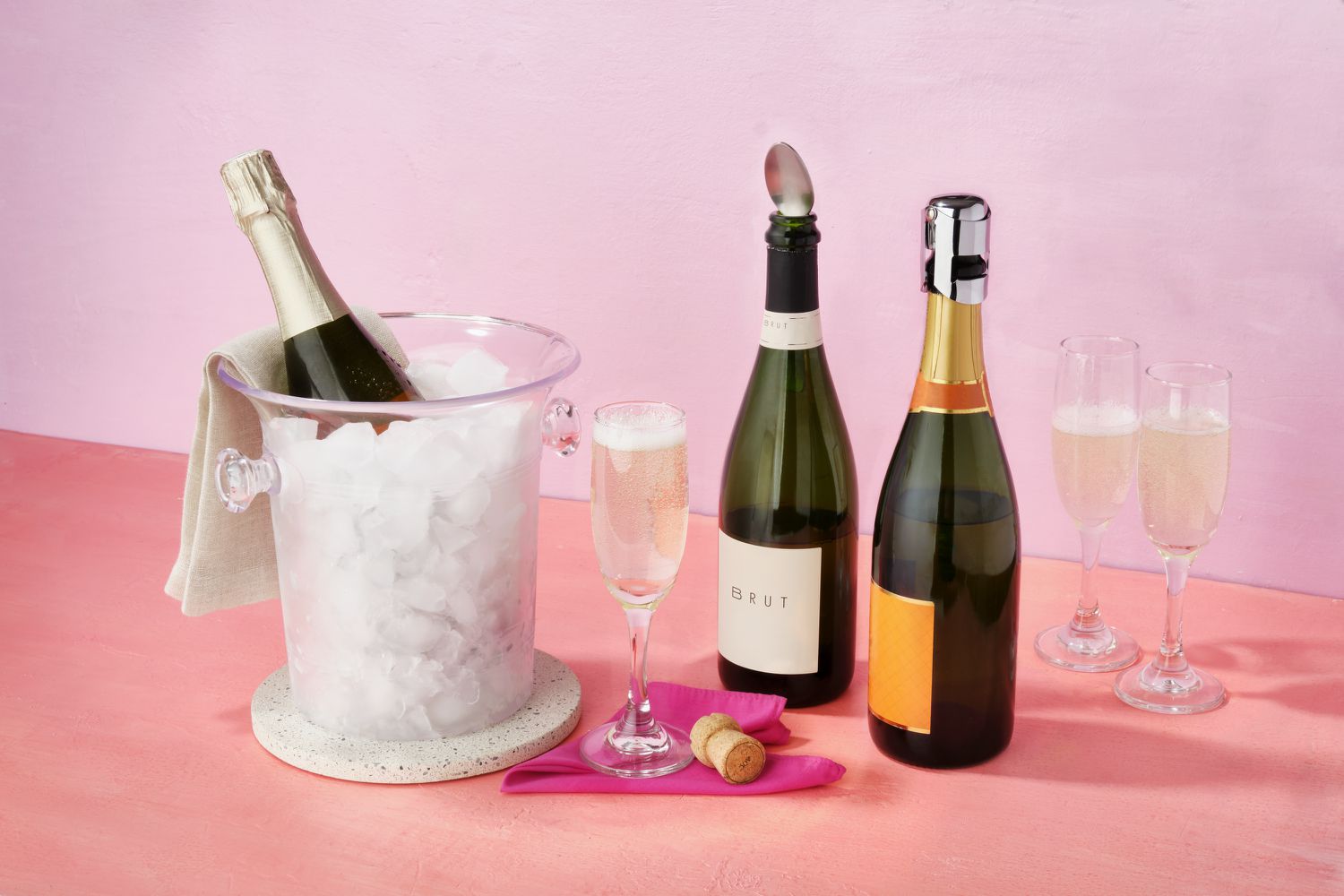
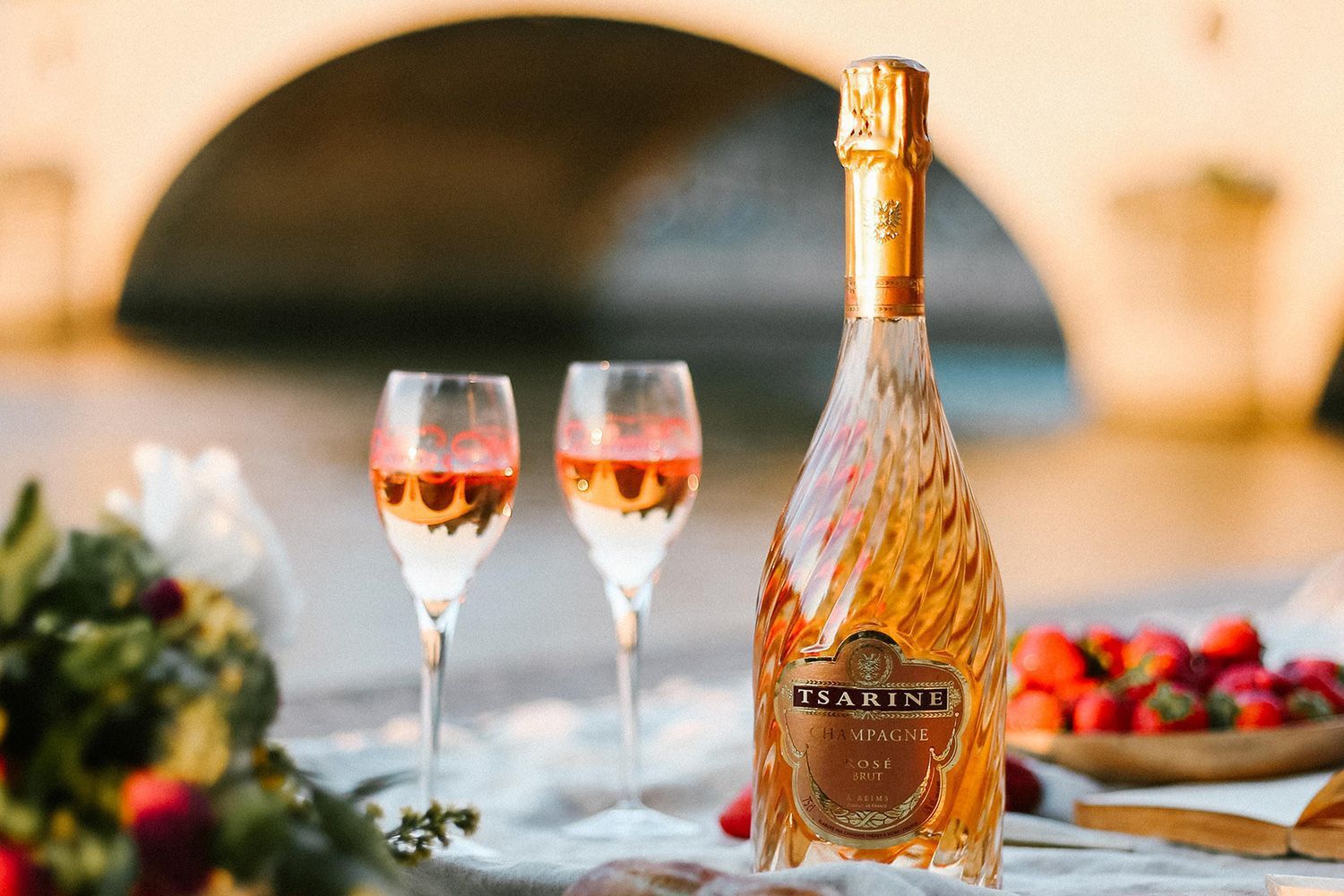
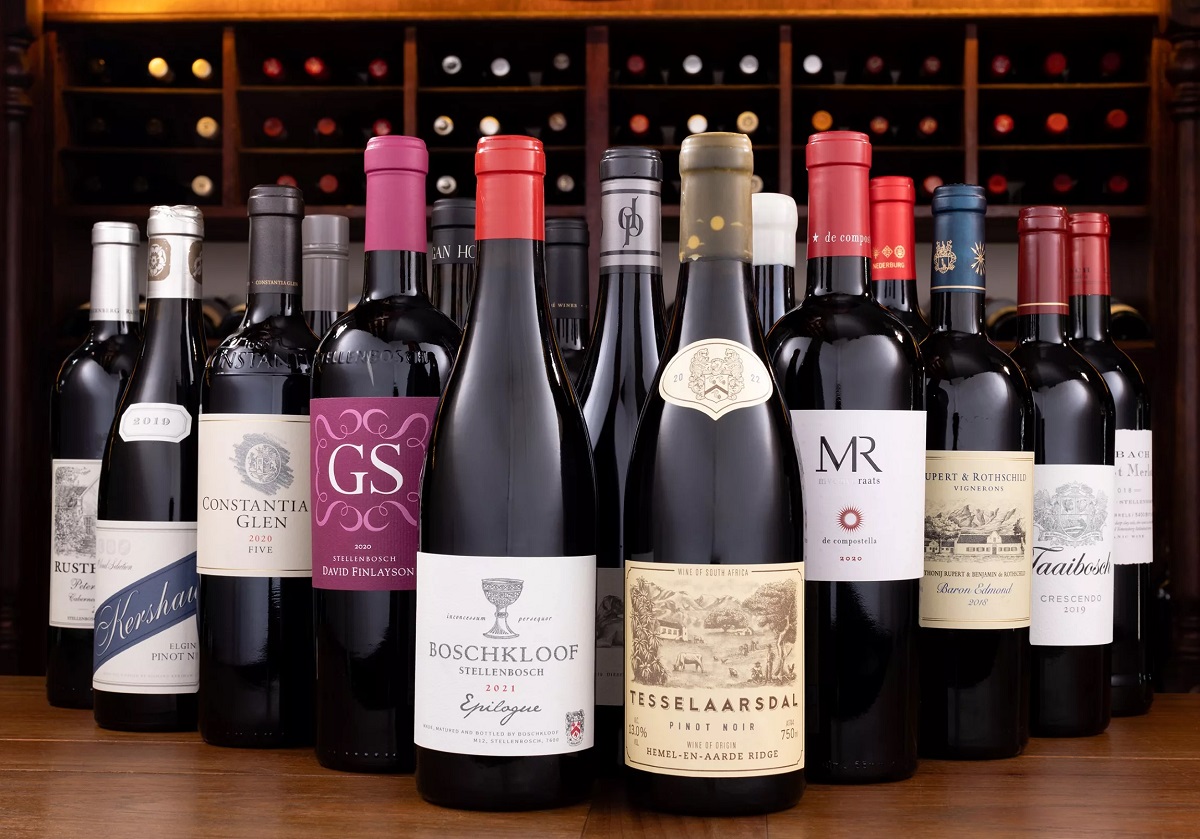
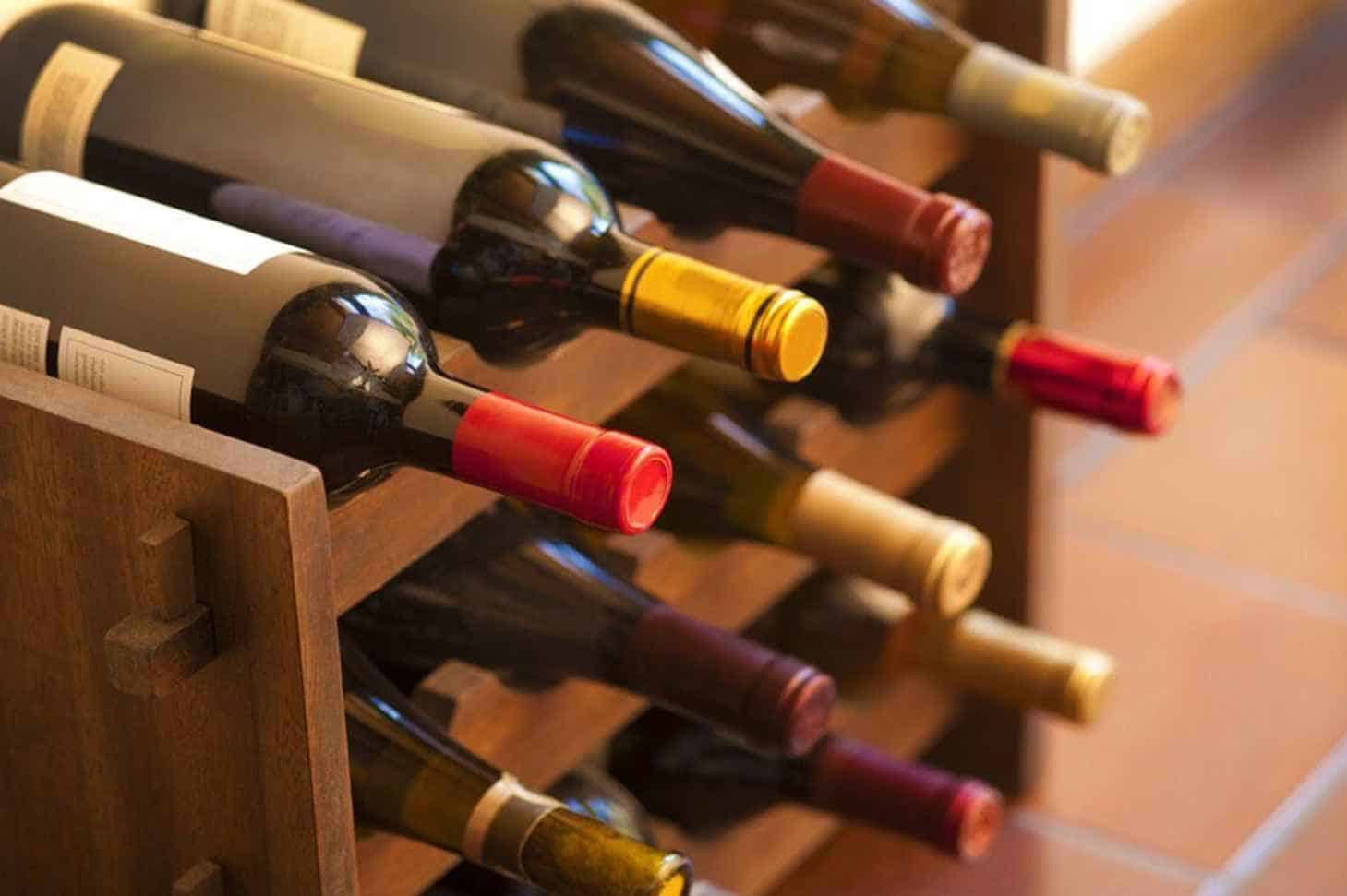
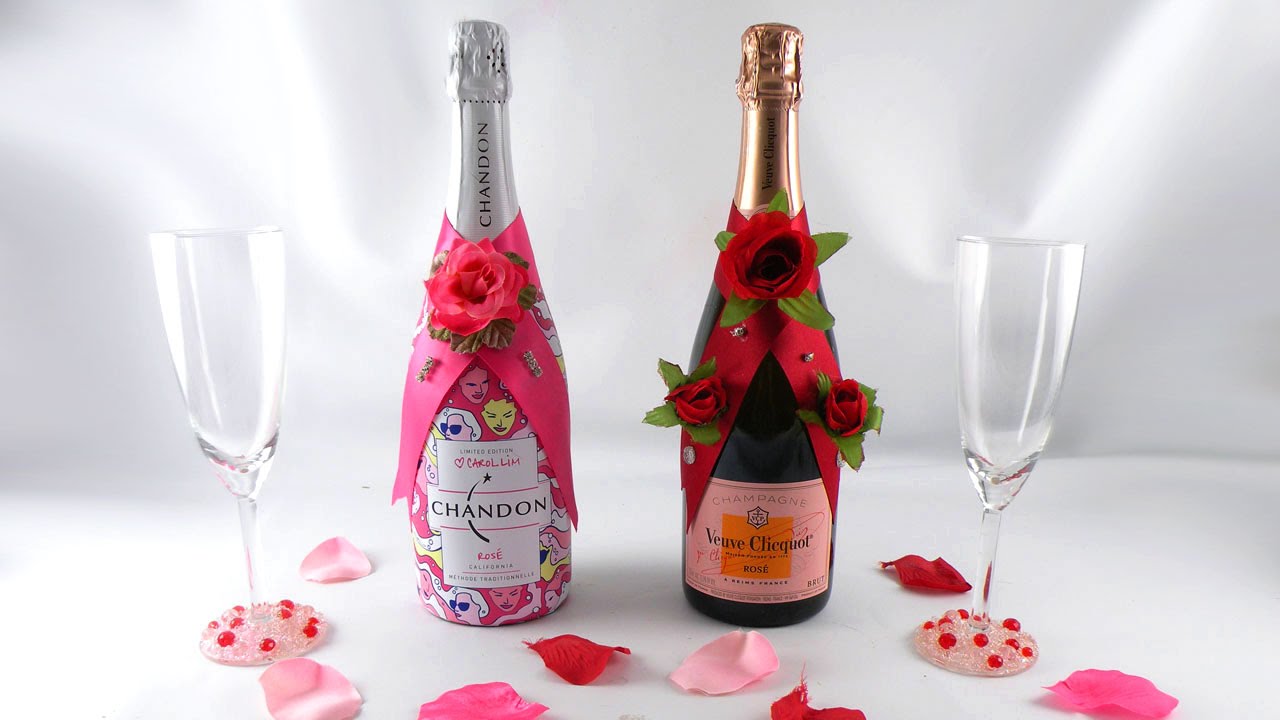

0 thoughts on “How To Store Unopened Champagne”